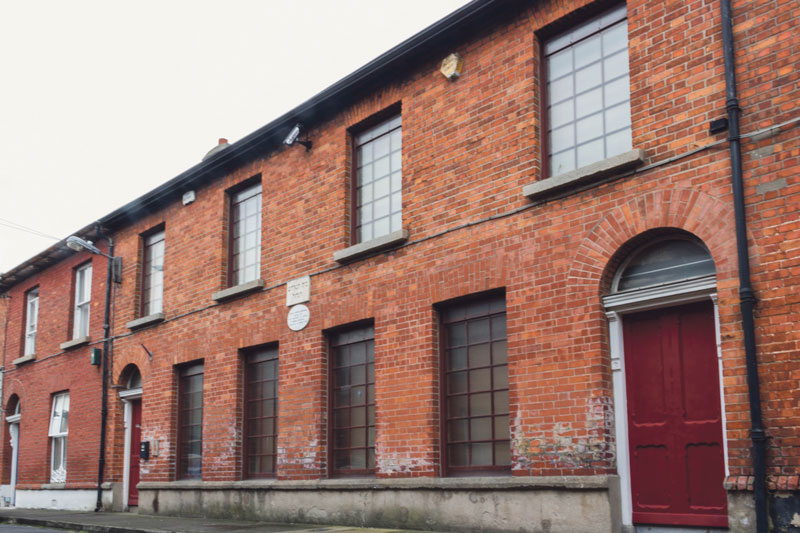
The fashionable neighbourhood of Portobello is well known for its interesting restaurants and bustling bars. Lesser known, but certainly worth a visit, is the Irish Jewish Museum. Nestled amongst the red-brick houses of quiet Walworth Rd, this small museum contains a wealth of information and memorabilia relating to the Irish Jewish communities and their contributions to both past and present-day Ireland.
The museum was opened on June 20th, 1985, by President of Israel Chaim Herzog, the Irish-born son of the first Chief Rabbi of Ireland. Fleeing from the bloody pogroms that took place in Eastern Europe in the 1880s, a large number of Jews found refuge in Ireland. Portobello became home to the largest Jewish population in the country. At its height in the middle of the 20th century, the Jewish population numbered around 5,000. In fact, the area was so largely populated by the Jewish community that it became known as “Little Jerusalem” and the old Yiddish language could be heard frequently on the streets. That number is now estimated to be as little as 1,200. Although many of the old Jewish businesses and organisations have closed down in recent decades, there is still evidence of a Jewish community in the area, such as the historic Bretzel Bakery, Ireland’s oldest kosher bakery.
The museum contains artefacts and documents relating to various aspects of Jewish life in Ireland, from involvement in politics and the arts, to daily domestic life and religious practices. One of the displays is devoted to James Joyce, who claimed that Ulysses is the “epic of two races” (Israel and Ireland). Joyce put a Jewish character on the map of European literature with his protagonist, Leopold Bloom, but he also had a very real impact on the lives of 16 Jews who he helped escape from the horrors of the Nazi regime in 1939.
While Ireland has never been particularly anti-Semitic, there have been several incidents throughout our history. The museum contains original documentation and information on hateful acts of intolerance and ignorance. These acts include the Sinn Féin campaign against Jewish workers at the beginning of the 20th century and the Limerick Boycott of 1904, which forced many Jewish people to leave the city.
The museum also contains information and artefacts relating to the Holocaust. One of the most striking objects is a Nazi dagger. This swastika-ridden weapon was transformed into a symbol of hope with an engraving of the Star of David. During the final days of the war in Germany, Maurice Block, an English Jew serving with the British forces, found three Jewish men in hiding. Wanting to thank Block for his help, the three men gave him this dagger, which they engraved with a message of friendship and the Star of David. Block moved to Dublin after the war and presented the dagger to the Jewish Museum in 1990.
Upstairs, the original synagogue is on view along with the Harold Smerling gallery of Jewish religious objects. This gallery provides very clear and concise information on all of the major Jewish religious festivals and on many of the most important and sacred objects and rituals of Judaism. Also on display upstairs are the burnt remains of Torah Scrolls, which were rescued by a non-Jewish woman from a bonfire that followed the ransacking of synagogues in Strasbourg by the Nazis during WWII.
The Irish Jewish Museum certainly succeeds in its mission to foster a better understanding of Judaism and the Irish Jewish experience, as well as to serve as a model for tolerance and diversity in 21st-century Ireland. Let us hope that this culture of tolerance and understanding will forever prevail in our country.






